Graham Reid | | 4 min read
An Emerald City:Moon
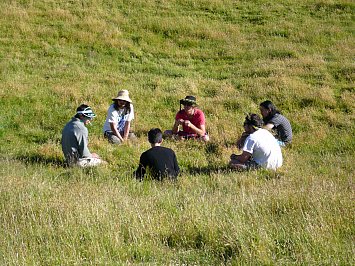
To hear guitarist/keyboard
player Sam Handley tell it, there was a magical moment when they knew: “That
first hit on the drum, it just sounded 10 times bigger than normal”.
In this suburban villa in
Kingsland, Auckland there are nods of recognition from the assembled members of An
Emerald City. They are talking about setting up their gear in a cave at Whatipu
in January and the impressive breadth and depth of the sound they achieved.
This was exactly the right place to record their debut album, and worth the
effort.
They’d assembled at 6am in
the carpark some 20 minutes away -- 10 people in all -- and had carried their
gear, a generator and other necessities in a series of trips back and forth
over two and a half hours. With the Auckland six-piece was engineer/co-producer
Dave Holmes.
“I passed him on the way back
one time and he was carrying this huge load,“ says guitarist Reuben Bonner. “He
looked at me and went, ‘record in a cave, they said’. Then he laughed. He was
actually as excited as we were. He has the same mindset as us, the idea of, ‘let’s
do something different’.”
And An Emerald City are
certainly different, as anyone who heard their self-titled debut EP of last
year will confirm. Or those who have seen their ambitious, extended
instrumental sets which have elements of Indian and Middle Eastern music in
their dynamic, quasi-psychedelic explorations which can spin out well past the
10 minute mark.
At the recent Big Day Out
they pulled a huge crowd to the Boiler Room in the afternoon and, better still,
kept them. They’ve played at Womad, the Rhythm and Vines Festival, in a theatre
in Point Chevalier, in small clubs . . . and that cave.
“The sound we like is a
reverb-esque feel” says Handley, “and it has a spaciousness. But [the cave]
supplied a natural reverb and we got it from the earth rather than a pedal. We’re
all wanting to explore new ideas, so it was really, ‘why not?’. “
It is that inspired
risk-taking which means An Emerald City are unique in the current musical
landscape in New Zealand: they create magisterial and dramatic landscapes of
sound, pull in sitar and Persian lute alongside violin and sky-scaling guitars,
and their debut album Circa Scaria uncompromisingly includes pieces
which reinvent themselves, morph into other moods and are oceanic in their
movements. A number of pieces stride confidently past the seven minute mark.
“Our music is not of any set
duration,” says Handley, “there are long improvised passages.”
They tell of a 45 minute jam at Whatipu which will be edited to make one
side of a limited edition vinyl album released to coincide with Circa
Scaria.
Inevitably a band which moves
in such directions is the sum of its many parts, and the members of AEC come
from diverse and different musical backgrounds.
Given the band’s ambition it
is surprisingly only Lun has had any formal musical training: he studied violin
to grade seven and currently also plays in the Auckland Youth Orchestra.
But the inspiration for AEC
music comes as much from the various members’ itinerancy: Rob Croft (sitar,
oud, North Africa drum) spent time in India and the Middle East, had sitar
lessons in Varanasi, formed the world music/jazz ensemble Ishta (a self-titled
album in 2006) and worked with Dystopia; drummer Reyahn Leng started on guitar
in high school, embarked on experimental music projects (“weird instruments and
samples”), played improv nights at the Odeon Lounge and the Depot, and
confesses to an early love of reggae, the Pixies and Ween.
Ede Giesen (Persian long
necked lute, acoustic guitar, tambourine “and wailing”) had a year of classical
guitar lessons as a kid but is mostly self-taught. He learned as he hitchhiked
around the country and through meetings with similarly minded musicians, among
them Will Handley, Sam’s brother. Giesen had been given a sitar in his travels,
Will mentioned this to Sam, and Giesen was invited to jam with the nascent AEC.
He’d also turned his ear to the old folk music of Thailand and Laos when he had
been there.
The core of AEC -- which
loosely formed in late 2005 and played its first gig a year later -- formed
when Handley and Bonner were in the short-lived (one EP) band One Black
Shoelace and Lun guested with them. But after that band split Bonner went
overseas and travelled through France, Italy, Croatia and elsewhere with his
guitar.
In Turkey he saw a saz, a
lute-like instrument, in a shop “and I had a tinker and loved it. The guy in
the shop invited a real saz player down so we had a jam back at his place for
hours. We could hardly converse but we managed to make music together”.
As with Handley and Lun --
also intuitively drawn to a more exotic and expansive sound beyond mainstream
rock -- Bonner stored away the idea of exploring this style in greater depth.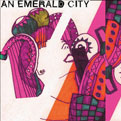
When he returned to New
Zealand he linked up Handley, Lun, Leng and percussionist/organ player Matt
Hanson. Giesen arrived, they recorded the EP in January 2008, Hanson left
shortly after and Croft came on board. Things got serious.
They practiced every week,
embarking on long jams and recording hours of music to mini-disc. Almost
organically, AEC emerged as a band attuned to expressive prog-rock, world
music, aggressive guitar dynamics and a sensibility that every performance
should be unique.
“We’ve been careful about
where we play,” says Handley. “We want every show to be memorable and special.
We’re not a pub band,” he says, somewhat stating the obvious.
AEC don’t lack for musical
ambition, but they are also -- through their various travels and interests --
confident enough to make the big leap outward: after the release of Circa
Scaria in April they will establish themselves in Berlin in early May.
Tickets are booked.
“It’s purely instinctive to
go,” says Bonner, summing up An Emerald City‘s over-riding ethic. “We want to
explore Europe and it’s central, close to London and a realistic place to set
up.”
In preparation Lun has
already learned a few crucial phrases: he can order beers.

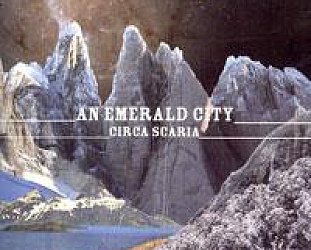
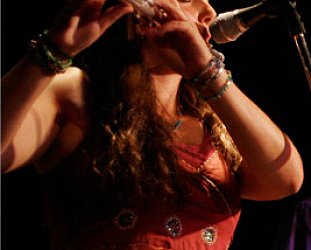
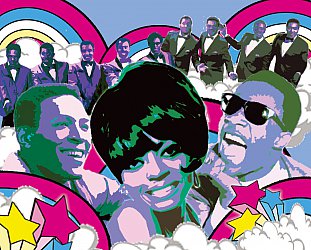


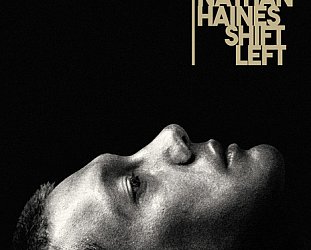
post a comment